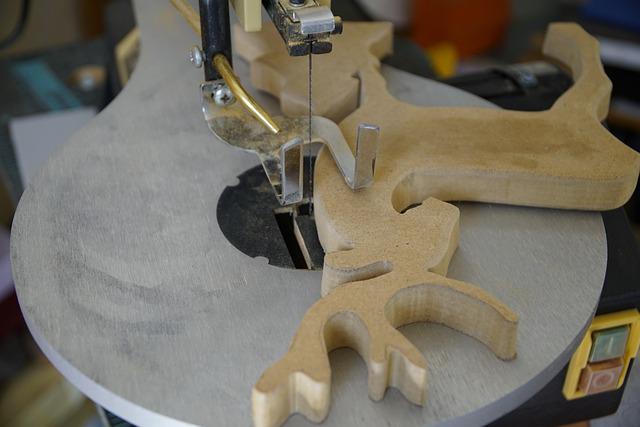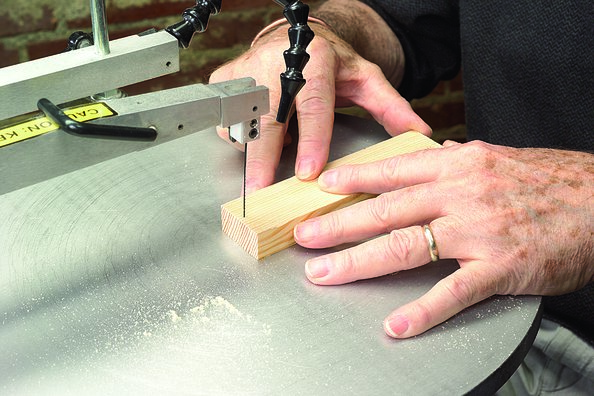
CNC routers allow you to easily create intricate furniture pieces with the help of a computer. You can make signs, musical instruments, cabinet pieces, signs, or relief carvings. CNC routers can also cut and shape timber. This article outlines some of these uses for a desktop CNC-router. You can read on to learn more. Also, learn how to get started using a desktop CNC-router.
Making intricate musical instruments
The CNC woodworking machinery is capable of creating elaborate musical instruments. The machines are capable of creating complex designs that can help save time and money. These machines can also make musical instruments with high levels of repeatability. They are also capable of performing complex work much faster. CNC technology makes it possible for musical instrument makers to produce high-quality, faster work. Here are some benefits to CNC woodworking.
Complex music instruments require precision cuts to avoid distortions, and to create a variety in tones and sounds. CNC woodwork allows busy artisans to be more focused on their instruments than spend hours doing repetitive tasks. This tool allows music makers to create unique musical instruments that sound great and are beautiful. Although CNC woodworking tools cannot replace manual labor, they can significantly increase the productivity and creativity of production.
Cutting cabinet parts
Both hobbyists as well as professionals love CNC routers for their precision and ease of use. You can program them to work with many materials, including wood. Many of these routers can make cabinetry out of multiple sheets of wood. The CNC woodwork router will help streamline the whole cabinetmaking process. The CNC woodwork router can cut the pieces faster using specialized software. You will be able to concentrate on other tasks during the runtime.

CNC woodworking can cut cabinets parts more precisely and efficiently than ever before. These machines are extremely precise, which can make cabinets that look beautiful and elegant with high precision. CNC wood routers transmit the inputs of a machine to achieve precise cuts in a fraction the time it takes to do manual woodworking. Furthermore, unlike manual processes, CNC work eliminates human error, making it possible for you to achieve a perfect cut time again.
Making signs
CNC woodwork can be used to create signs. Signs don't serve a decorative purpose. Signs can also be used to mark special dates. For example, you can make a sign for your business with your company's logo. Signs made from CNC wood can be used to commemorate special events such as an anniversary, graduation or the birth of a baby.
CNC routers are capable of cutting materials of different thicknesses. Some machines are programmable and others have multiple tools. This multi-tool machine allows you to easily create complex signs. Carbide 3D Shapeoko 4 CNC routing machine has a wide work area, making it ideal for sign-making. Software for sign-making is also available. The software's high accuracy makes it perfect for creating intricate signs.
Making relief carvings
CNC woodwork makes it possible to create perfect work in multiple materials. For intricate designs and relief sculptures, you can also use the CNC routing machine. The Latin root for the CNC router's name is "ruas", which translates to "to raise". This sculpture form has many features, including descriptive and narrative functions. Unlike free-standing sculptures, relief sculptures offer plenty of support and areas for your workers. You can even finish your work right there! Relief sculptures, whether they are a large-scale sculpture or miniature, are rapidly becoming popular for decking out spaces.
There are two styles for relief sculptures: high relief or low relief. The first is subtler and more prominent, with sharper outlines. Low relief is most often found in Egyptian designs, but it can also be used by India to carve tiny ivory reliefs. The latter is commonly used in religious art and is generally easier to produce than low-relief carving. You can use the bits included with your CNC woodwork machine to create the perfect decoration.
Use a CNC router

CNC routers can be used for woodworking. These machines can cut, drill and engrave a variety of materials. Some models can even handle non-ferrous metals such as 360 brass. These machines are also equipped with dust collection systems. A CNC router is a great way to create beautiful, precise woodwork that will last for many years.
Keep in mind that every material is different and may require different parameters to be set up when using a CNC machine. Some CNC routers may produce better cuts with higher feed rates than others. Others require lower feed speeds. Chip load, the size or shape of the routerbit, may differ depending on the type and material of wood. If you have any questions about how to calculate chip loading, please consult the instructions provided by the manufacturer or an online calculator.
FAQ
How often do I need to buy new supplies
Some tools will need to be replaced over time. Hand tools will need to be sharpened regularly. If you are using power tools, you will need to purchase replacement parts regularly. Avoid buying too many products at once. Spread your purchases out over several months.
Is it difficult to start my woodworking business?
It is not easy to start a woodworking business. There are many requirements and regulations that must be followed. This doesn't necessarily mean that you should go through all the work of setting up a company. Many people join already-established businesses. You only need to pay membership and tax fees.
Are you looking for tips to start a woodworking company?
Starting a woodworking business is a lot of work. However, if you are passionate about your hobby you will be willing to put in the effort. Plus, you'll probably enjoy the challenge of running your own business.
Remember that you may encounter unexpected problems when starting a new venture. You might run out money, or you may have to borrow unexpectedly. Perhaps customers won't pay you as much as you had hoped. To survive, you'll need to be prepared for such situations.
One good tip is to set up a separate bank account specifically for your business. You will always know how much money you have coming in.
Do you know anything more about woodworking?
It is easy to underestimate how much work it takes to make furniture. Finding the right type of wood is the most difficult aspect of this process. It can be hard to choose from the many types of wood that are available.
Another issue is that wood does not have the same properties. Woods can warp, split, or crack over time. These are important considerations to make before you purchase wood.
Statistics
- Overall employment of woodworkers is projected to grow 8 percent from 2020 to 2030, about as fast as the average for all occupations. (bls.gov)
- In 2014, there were just over 237,000 jobs for all woodworkers, with other wood product manufacturing employing 23 percent; wood kitchen cabinets and countertop manufacturing employing 21 percent. (theartcareerproject.com)
- The best-paid 10 percent make $76,000, while the lowest-paid 10 percent make $34,000. (zippia.com)
- Most woodworkers agree that lumber moisture needs to be under 10% for building furniture. (woodandshop.com)
External Links
How To
How to make wood joints
This tutorial will show how to join 2 pieces of wood together. The "pocket hole joint" is a method whereby we drill holes into the wood and glue them together. This works well if the wood is straight and smooth. Try dowel joinery instead if your wood doesn't look straight. Here are the steps
-
Drill Pocket Hole Joints. To start, measure and mark where you want to put the pocket hole joint. Next, drill 3/4 inch holes in each end of each piece using a handheld drilling machine or jigsaw.
-
Sand Smooth. Sanding the wood's edges will ensure that the joint doesn't split.
-
Glue Together Apply glue to both sides of the wood. Let the wood sit for 5 minutes, then clamp it together.
-
Attach the Pieces together. After the glue has dried you can attach the pieces to form a flush joint.
-
Trim Joinery. After the glue dries completely, trim off any excess wood around the joint.
Allow enough space between pieces so you can turn them inside out.